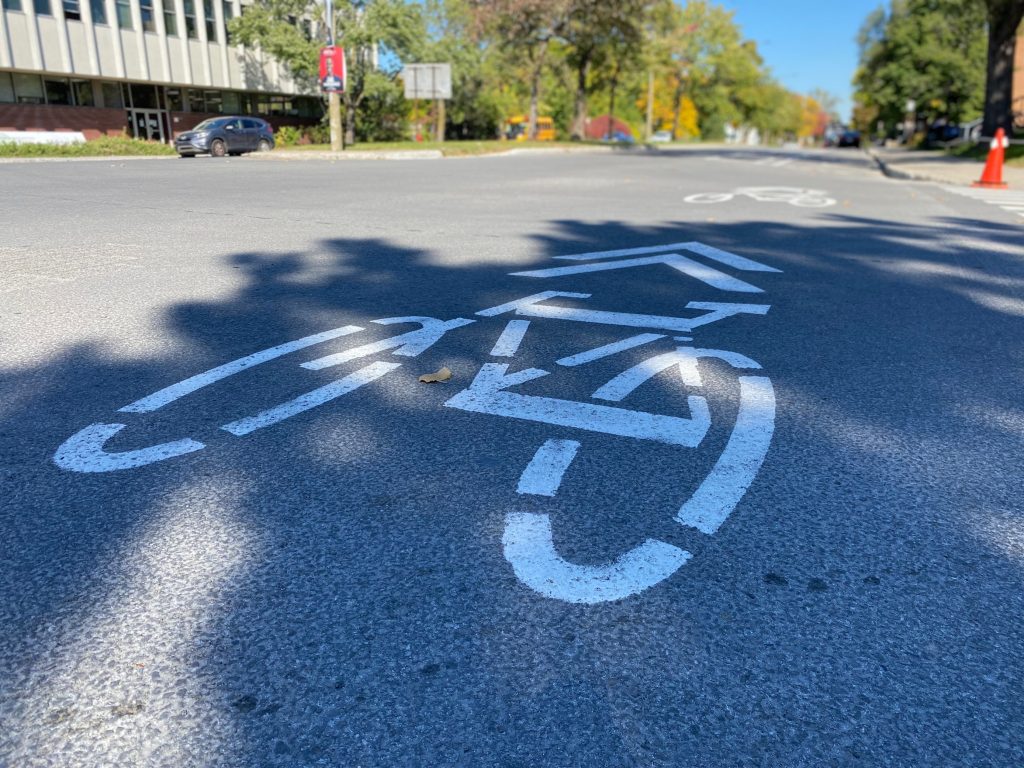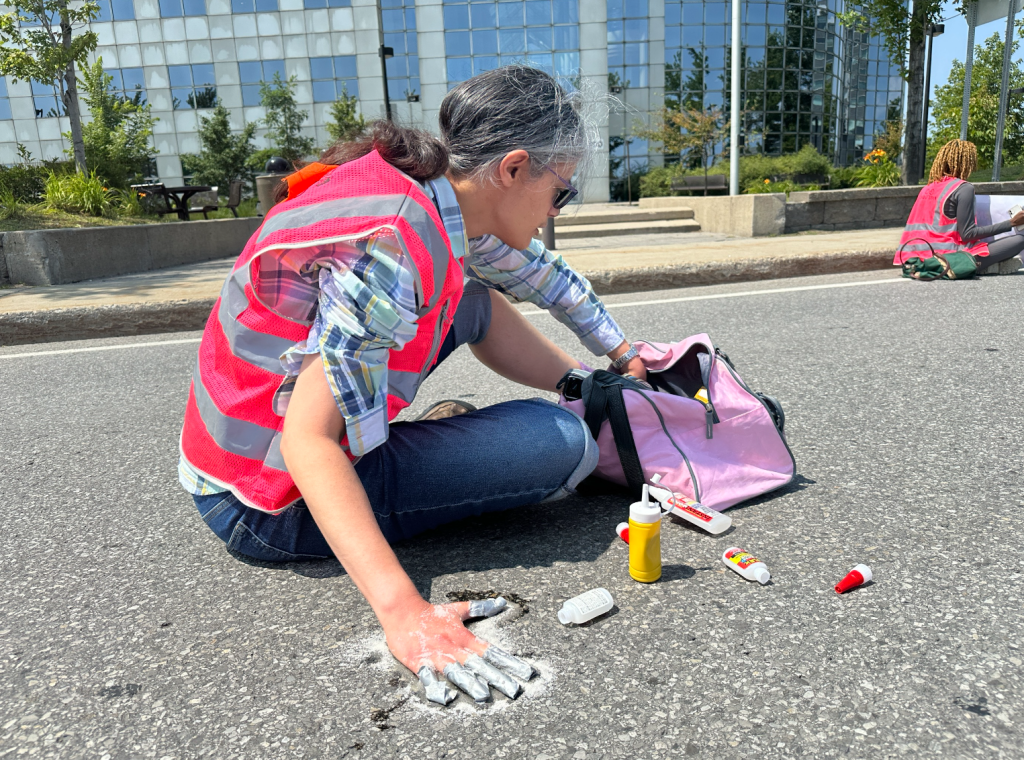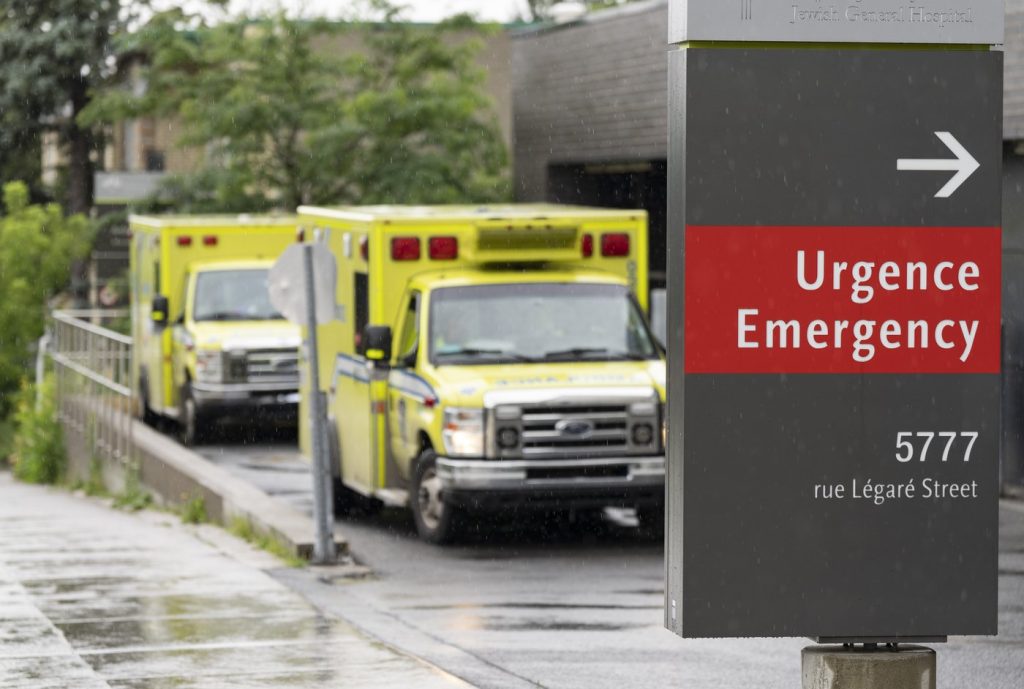The number of unhoused women in Quebec is on the rise
Posted September 20, 2023 8:59 pm.
Last Updated September 20, 2023 11:20 pm.
About 10,000 people are visibly homeless in Quebec and of those, the number of women living on the streets is increasing, according to a recently released provincial government report. Advocates say, more needs to be done to curb this trend.
“For the longest of time, Quebec has been one of the most affordable provinces across Canada and seeing this trend in Quebec is something that is worth nothing,” said Khulud Baig, director of policy and community engagement with the Women’s National Housing and Homelessness Network.
The data shows a seven per cent increase in the number of unhoused women in Montreal, rising from 22 per cent of the homeless population in 2018 to 29 per cent in 2022.
For staff at La rue des Femmes, a women’s shelter in the city, the number of women using their services is also on the rise.
“It is not surprising with the lack of resources and shelter beds, especially emergency beds that we’re missing in Montreal,” said Ann-Gaël Whiteman, coordinator at La rue des Femmes.
“This year we got 11,915 requests for beds and we refused 9,118 women. The need for emergency beds is way over the capacity that we can do.” said Whiteman.
“I’ve been living in the streets for more than 20 years. It’s hard for women because we have no security. Our things get stolen. We could be abused. We could be violated. So, when I don’t have a place, I don’t sleep,” said Lou Lou, who uses La rue des Femmes services.
Baig says due to lack of available data, it’s often difficult to pinpoint what exactly is leading to this trend. But she says, the bottom line is, there needs to be more affordable housing.
“Homelessness experienced by women and gender diverse people is really a violent experience,” said Baig.
“Anything that has to do with gender issues is happening at a systemic level. A lot of different levels of government have to come together and look at what are those barriers and gaps that are leading to women and gender diverse people being in these extremely disadvantaged situations.”



